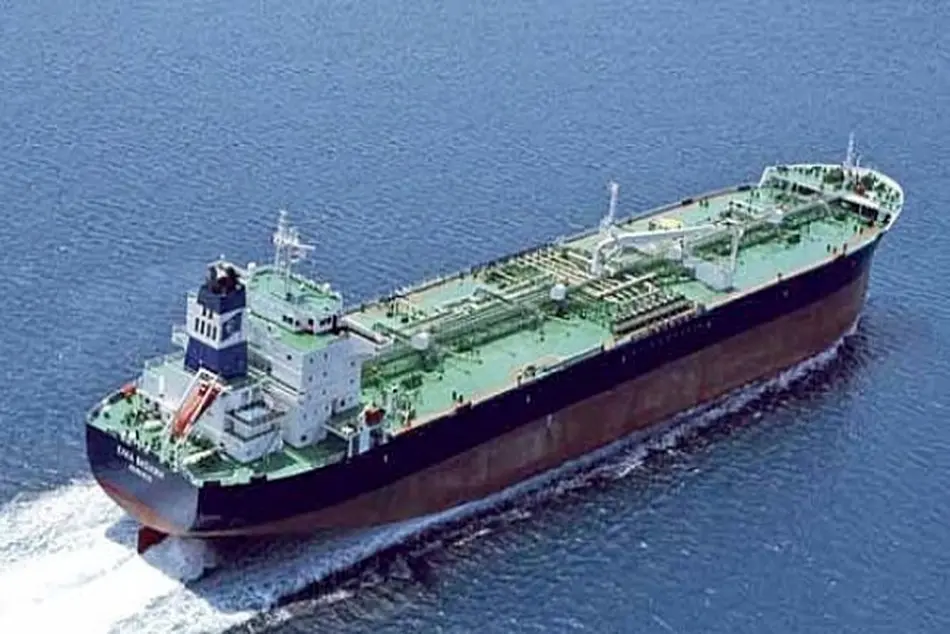Tanker Market Bound For Further Softening If Opec Cuts Are To Be Maintained Says Shipbroker

TIN news: The tanker market is faced with slow demand growth, which has led to a softening of the freight rate market over the course of the past few months. In its latest weekly note, shipbroker Allied Shipbroking said that “despite the efforts being made by oil producing nations and especially efforts being made by OPEC members, we have seen limited gains in terms of pricing for crude oil in the year to date. Despite most expectations that were being made during the end of 2016 of the average price of crude reaching in the US$ 60 per barrel, prices have stubbornly held at around US$ 50 per barrel never reaching levels above US$ 55 per barrel. In part this is a reflection of the limited and not so aggressive commitment by OPEC members to curb their output”.
According to Allied’s, George Lazaridis, Head of Market Research & Asset Valuations, “OPEC production levels fell for a fourth straight month in April, despite the fact that there continues to be difficulty with holding compliance with the agreed cuts made in late 2016. With prices however still lagging it does now seem that OPEC may well decide to expand the initially agreed six month time frame while also possibly expanding the amount of cuts in hope to really generate some momentum in the market. The main issue has been that most major imports are still holding fairly high inventories, while over the past years reliance for demand in the market has shifted away from the U.S. (which now has its own production capacity to meet its needs) and Europe, towards the East and more particularly that of China”.
Lazaridis added that “however, China’s thirst for the black gold seems to be limited, with an inability to really drive the market to the levels most oil producers would hope. Despite this however, BP today announced stellar first quarter results, having almost tripled its profits from a year ago. This follows on similar upbeat financial results having been posted by the likes of Exxon and Chevron last week. Things however have not been as rosy for the tanker market, as with even this small gain in prices for crude oil compared to what we were seeing a year back, we have seen a significant slowing down in the rate of seaborne trade. Freight rates on the Eastbound routes have held an overall better performance then westbound voyages, yet overall the market seems to have been constantly underperforming compared to its respective performance in the first quarter of 2016”.
According to Allied’s analyst, “this is likely to continue to be the trend, while if further cuts are agreed or the duration of the production cuts is extended we may well see the overall freight market deflate further. The main Achilles heel is still the underlining fundamentals of the crude oil market, with other energy sources continuing to eat up oil’s market share in the energy mix, while at the same time the growing trend being on increased trade of oil products rather than crude oil in its raw form. Overall, it seems as though the tanker market’s small pains may well continue and there is even an off chance of getting worse before they get better. The main positive thing is that we still have a relatively limited orderbook of crude oil tankers, while new orders have been few even during the good performance of 2015 and the first half of 2016”, the shipbroker concluded.